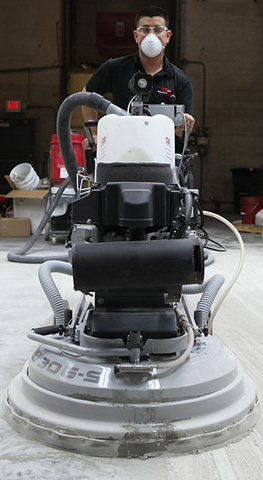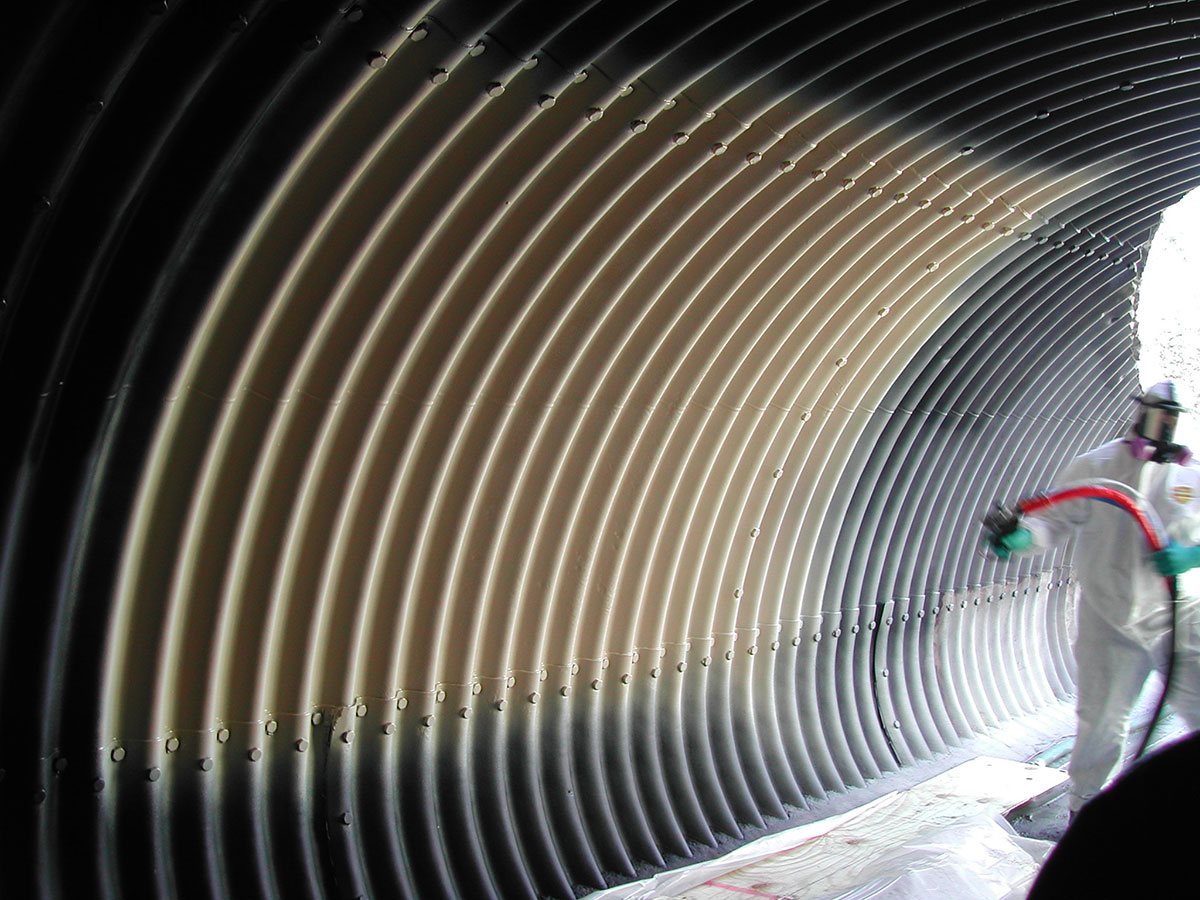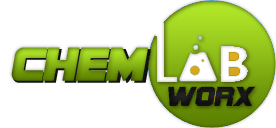Surface preparation
Polyurea is formulated with remarkable physical properties by manufacturers. These properties include improved adhesion. As mentioned, it is rare for a polyurea application to be successful if the surface preparation and testing are not done properly. While this may sound like common sense, some contractors try to save time on the preparation and therefore rush through it. As a result, projects often suffer.
Follow proper surface preparation techniques and procedures. We strongly recommend the use of primers for all applications. For the most compatible primer/system combination, consult the material supplier. Because they can vary depending on the environment, this is crucial.
Concrete preparation
Concrete should cure for at least 28 days at 70°F (21°C) Even after the concrete cures, hydration continues so be patient. You should check the concrete’s moisture content and vapor transmission. Make sure that the concrete has fully dried. Finally, ensure that the concrete is fully cured and has adequate surface conditions.

Concrete systems may require vapor barriers to keep water out. If not it could lead4 to the failure of the coating system. All grease compounds and foreign matter must be removed from the surface. This can be done by shot blasting or sandblasting. These methods can be used to clean and disinfect the concrete surface.
Fill the concrete with a compatible material. Complete any pin or bug holes with the same method. To avoid protrusions, grind any rough or sharp surfaces. To ensure proper adhesion of primer and polyurea, prepare concrete surface with grip-enhancing profile.

Metal Preparation
All steel and metal surfaces should be free of rust, salts, dirt, and other contaminants. All welds must be free from voids, spurs and sharp protrusions. They should also be smoothed. Before applying primer or polyurea, make sure you test the surface conditions.


